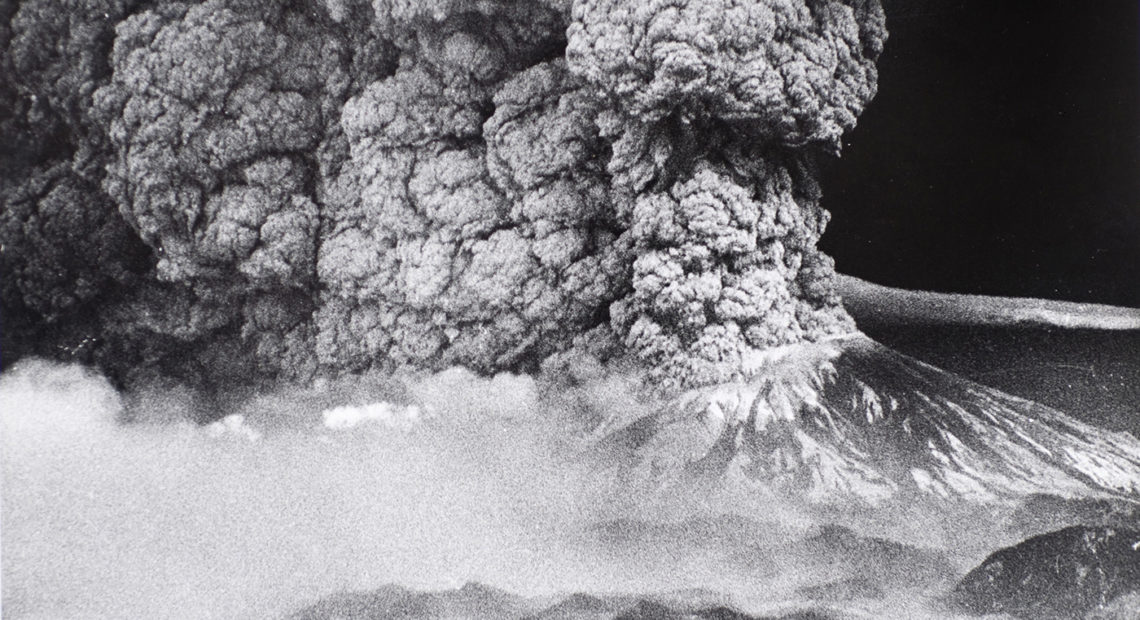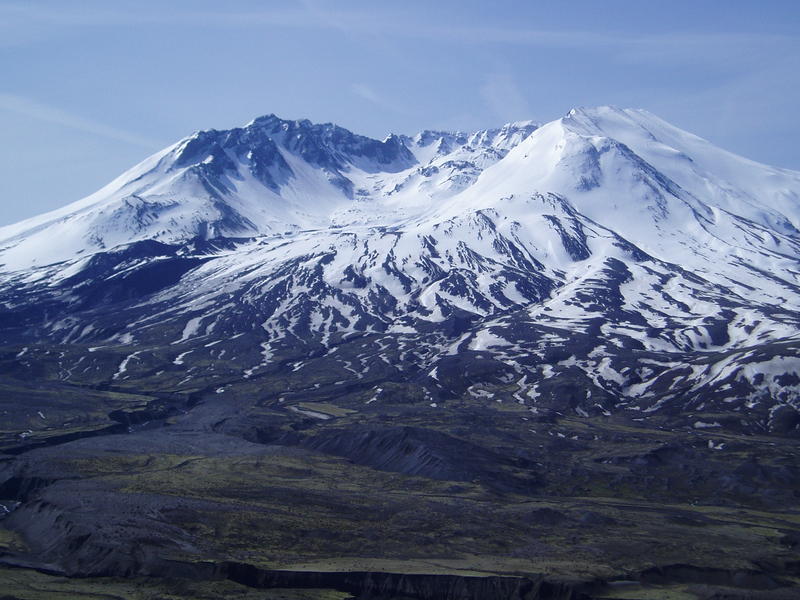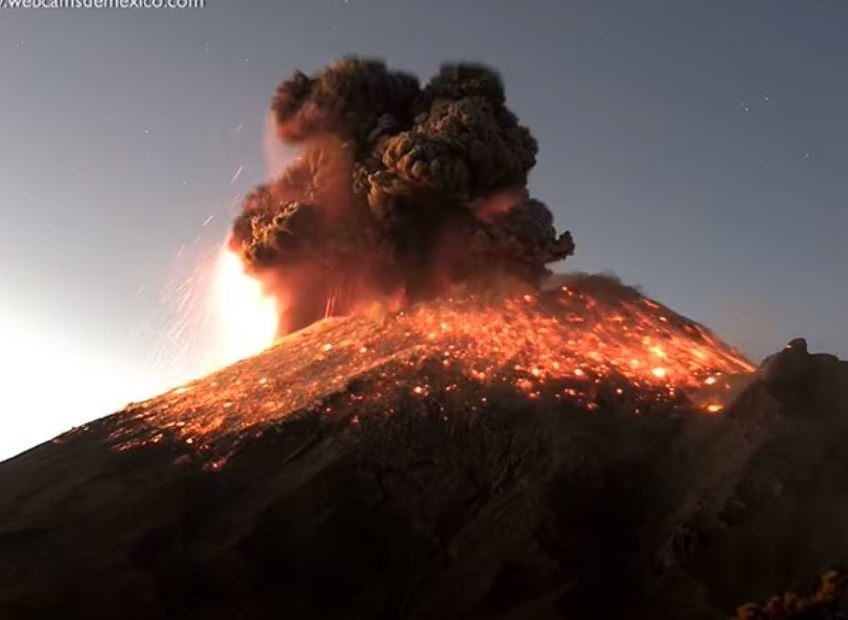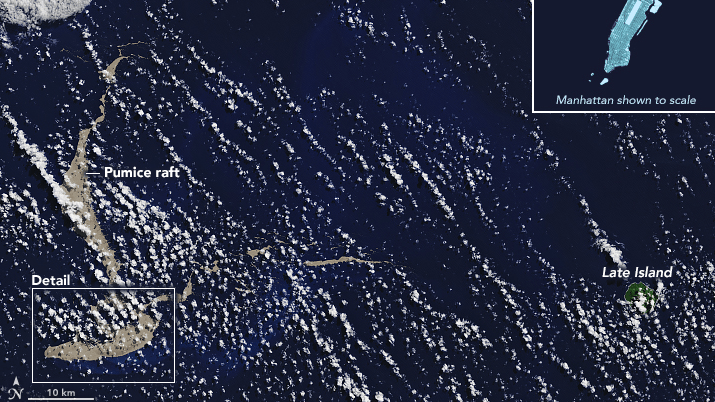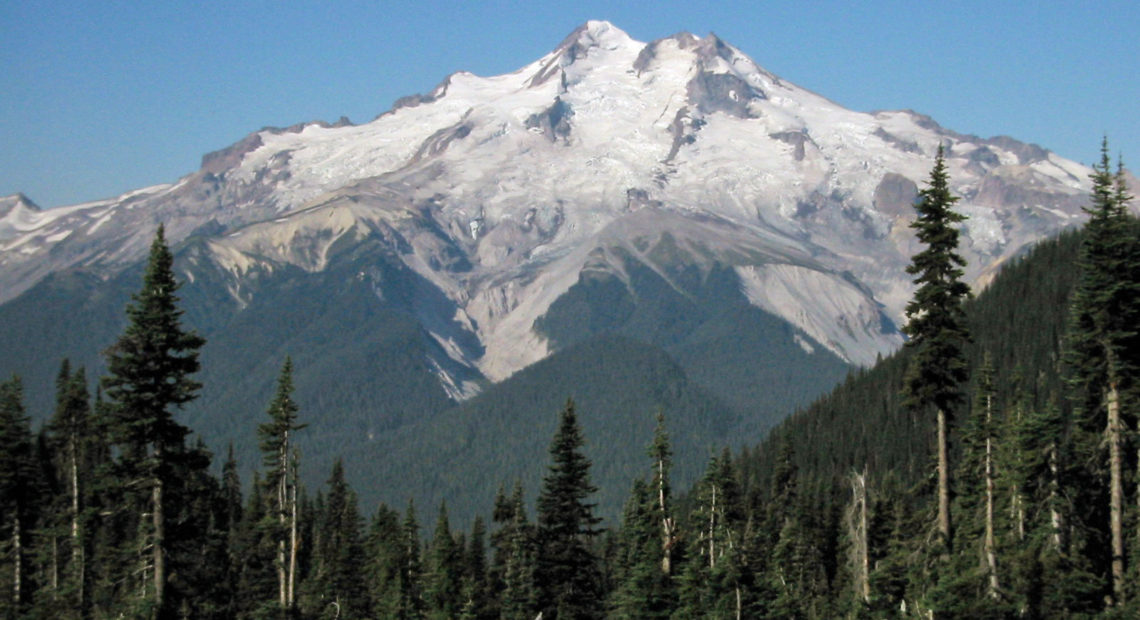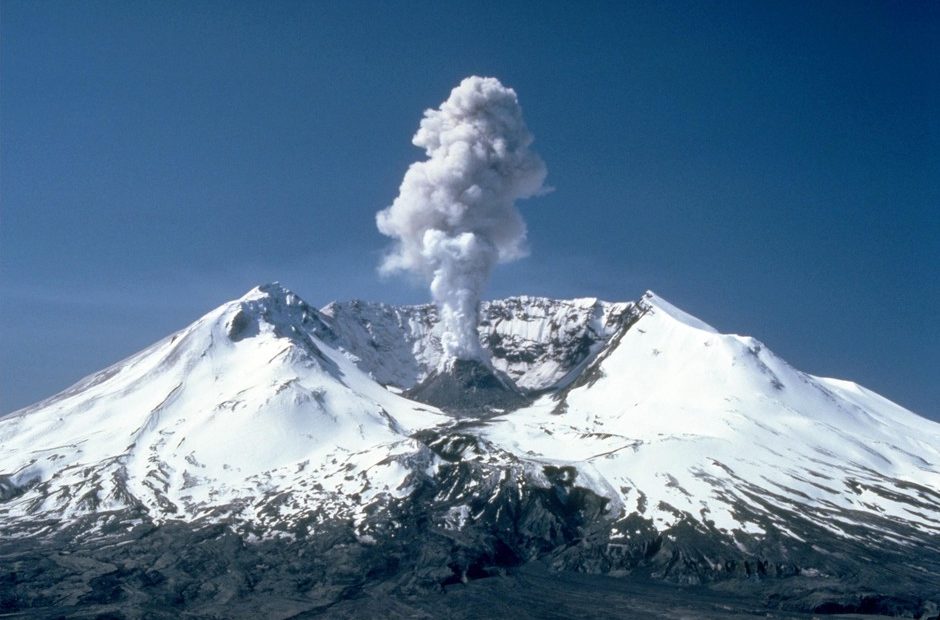Olympia Correspondent Austin Jenkins was a first grader on a school camping trip near Mount St. Helens when the volcano erupted on May 18, 1980. Austin recently unearthed his scrapbook from that time and interviewed several others who were on that memorable trip. On this 40th anniversary of the eruption, Austin recounts their harrowing escape.Read More
The photos of Mount St. Helens’ eruption taken on May 18, 1980, suggest a cataclysm that remains in the past, safely ensconced in history and available for warm recollection of when the world exploded and we survived. But that’s wrong.Read More
There were once big plans for many public events to mark the 40th anniversary of the catastrophic 1980 eruption of Mount St. Helens. The coronavirus pandemic blew up those plans, but many are resurfacing online this week and next.Read More
The dramatic explosion of Popocatépetl, about 40 miles south of Mexico City, sent columns of ash and debris shooting into the sky. Read More
An underwater volcano is thought to have produced a sheet of pumice that stretches 58 square miles.Read More
Volcanoes have been crucial to life on earth. Oozing lava helped form our planet's land masses. Gases from volcanoes helped create our atmosphere. But despite the growing field of volcanology, there's still a lot we don't understand about volcanic eruptions.Read More
Eighteen volcanoes are classified as “very high threat” in the United States; eight of them are located in the Pacific Northwest. And right now only Mount St. Helens is considered well-monitored. The National Volcanic Early Warning and Monitoring Systems Act, passed in February, sets out to change that.Read More
For years, scientists have wondered why Mount St. Helens is out of line with other volcanoes on the Pacific Northwest’s ring-of-fire. Oregon State University scientists think they now have the answer.Read More


